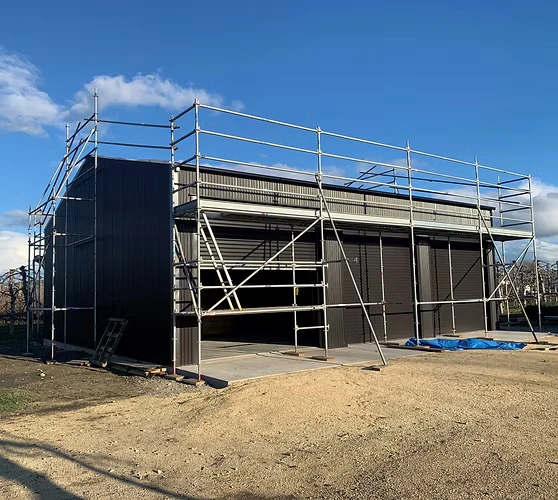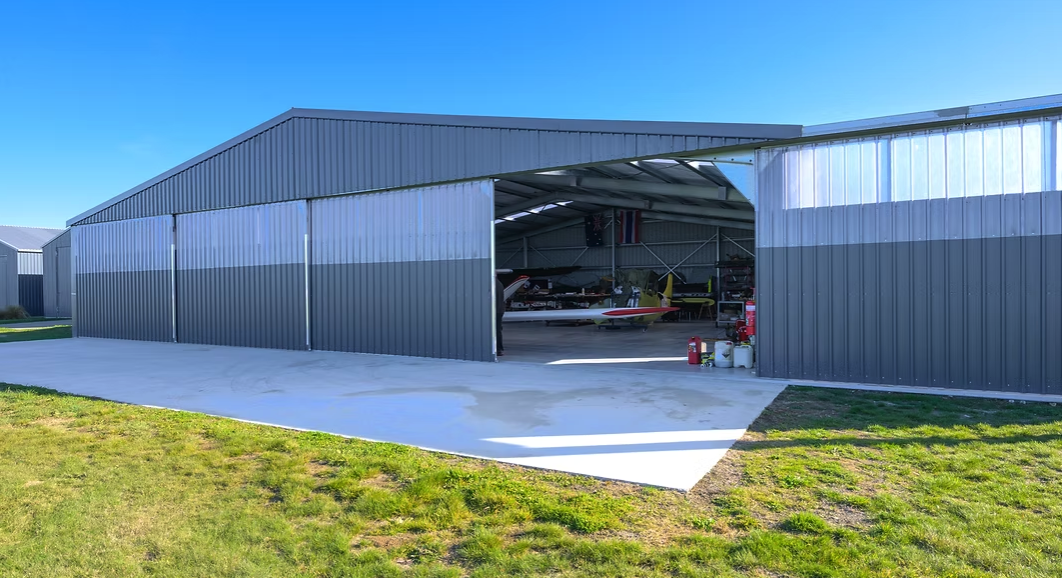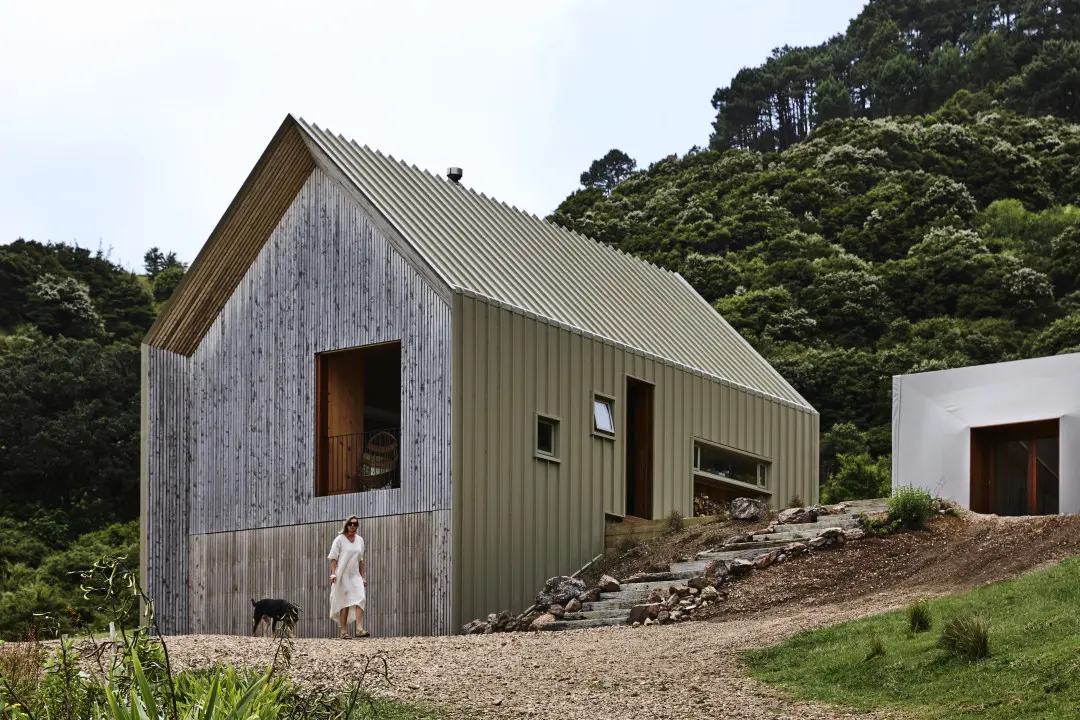

Kitset sheds are an excellent way to add more space for storage or an extra living or work area to a property. However, you can’t simply build a shed wherever you want, especially for larger structures. One question we get asked often is “How far from the boundary can I build a shed?” It’s a good question but unfortunately, one that can have a complex answer.
Rules for building consents
In August of 2020, updated rules for building consents came into effect. Before that, you needed a consent for almost all kinds of structures, including kitset sheds. This made building kitsets challenging, and for some people who wanted to put together smaller sheds, getting the proper building consent wasn’t worth the trouble.
Now, there are exemptions for low-risk buildings like sleepouts and carports. Single-storey detached buildings are the main kinds of structures that no longer need a building consent. As long as the floor area is less than 30 square metres (40 square metres for carports) then you can build it yourself without a consent.
You can see the full building consent exemption rules from Building Performance NZ.
Building consents and boundaries
When you don’t need a building consent, that might seem like you can just build a shed wherever you want. This isn’t the case, however. Any sheds that you build still need to follow the building code, which means they must adhere to specific rules. You can’t, for instance, include cooking facilities in a sleepout shed due to fire risks.
If you aren’t familiar with the building code in NZ, it’s probably best for you to work with a builder instead. Building something illegally–whether intentional or not–will hit you with an infringement fine of several hundred dollars right away and fines can go up to a maximum of $200,000 if the offence proceeds through the courts.
One of these offences can be building too close to the boundary, so it’s essential you know how far from the boundary you can build a shed before starting the construction.
So how far from the boundary can I build a shed?
Most buildings that are over 30 square metres (110 sqm for rural) need a building consent before they can be built. Part of getting this consent will be ensuring that the building will be built at least the minimum distance away from the boundary. Comment in here about how it these set back rules are determined by local council
However, for buildings under these limits, like many sheds, the rules are different if the design has been reviewed by a Chartered Professional Engineer. In these cases, you may be able to construct the set yourself as long as it meets building code rules.
Officially, the law states that single-storey, detached buildings must not be “closer than the measure of its own height to any residential building or to any legal boundary“.
This distance is calculated based on the recession plane, with different limits depending n the boundary.

Ultimately, the exact distance from the boundary where you can build your shed will depend on your local council rules. So, depending on where you live, the exact distance from the boundary where you can build a shed will vary. You may also be able to get consent from the council to build in the recession plane.
Be sure to get in touch with your local council to check this distance as well as any other additional considerations you need to keep in mind when building in your area.
Looking for high-quality sheds for your property?
If you’d like to ensure that you get a high-quality shed for your property, our team is happy to help. We may also be able to connect you with local licensed builders who can help with supervising or constructing the shed. Feel free to give us a call or email us for more information, or you can get a quote from one of our steel-framed sheds by filling out our quote form by clicking “Get a Quote” at the top or bottom of the page.
Explore categories
Resources you may also be interested in

Advantages of a steel frame shed
There are many different materials that you can choose from for your Shed. Each have their own pros and cons.…
Read More
Colorsteel® Colour Range
Colorsteel® is a top choice for roofing and cladding in New Zealand. Its durability and aesthetic appeal make it popular…
Read More
How long do steel sheds last?
There are many kinds of materials you can use to build your shed. Timber, resin, and aluminium are all materials…
Read More